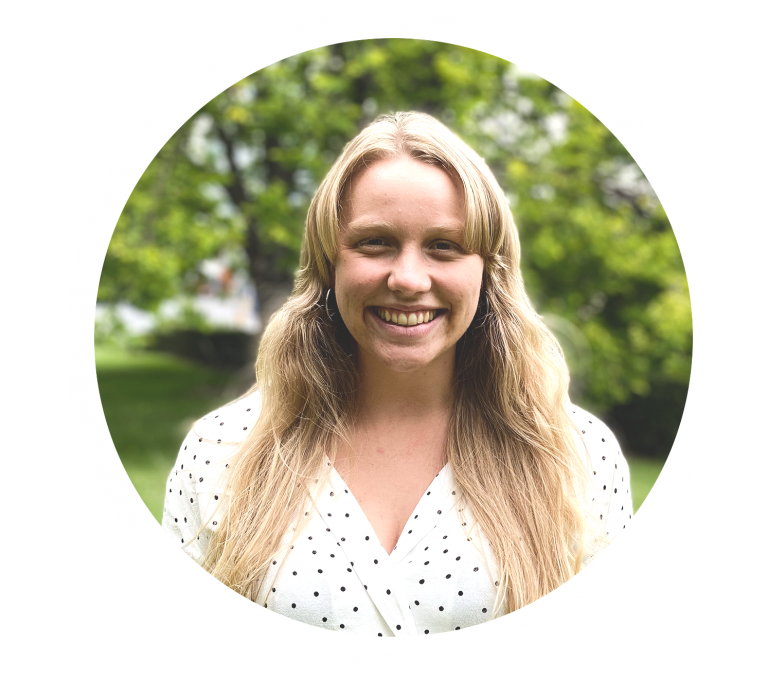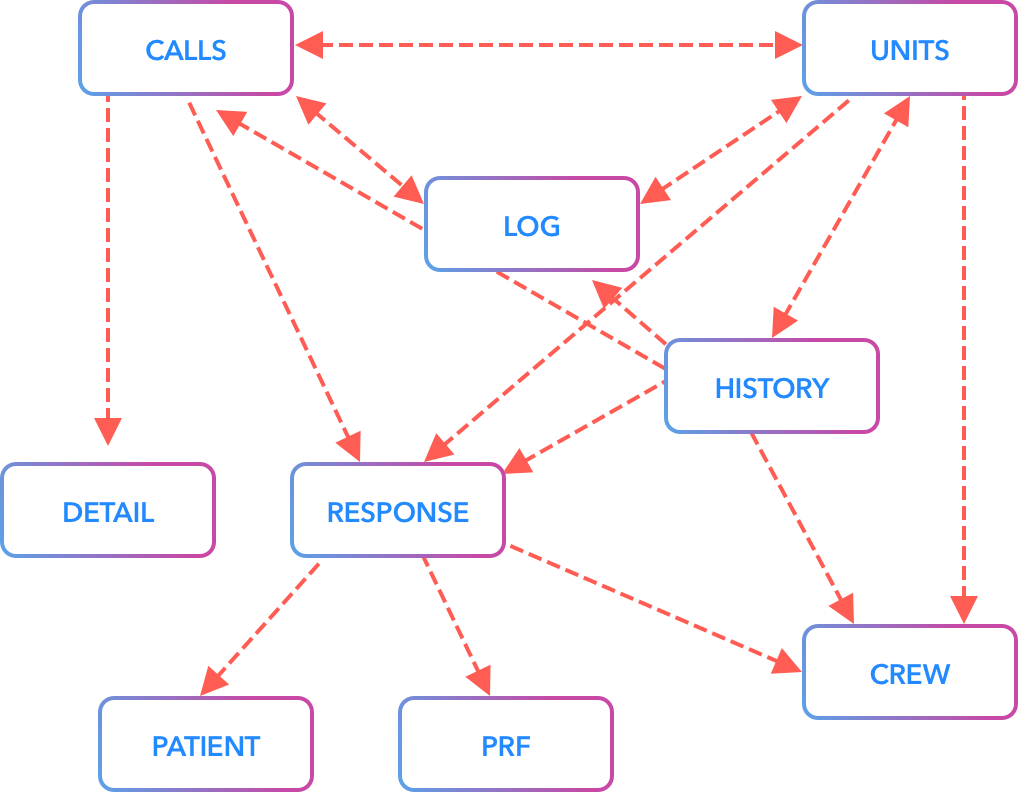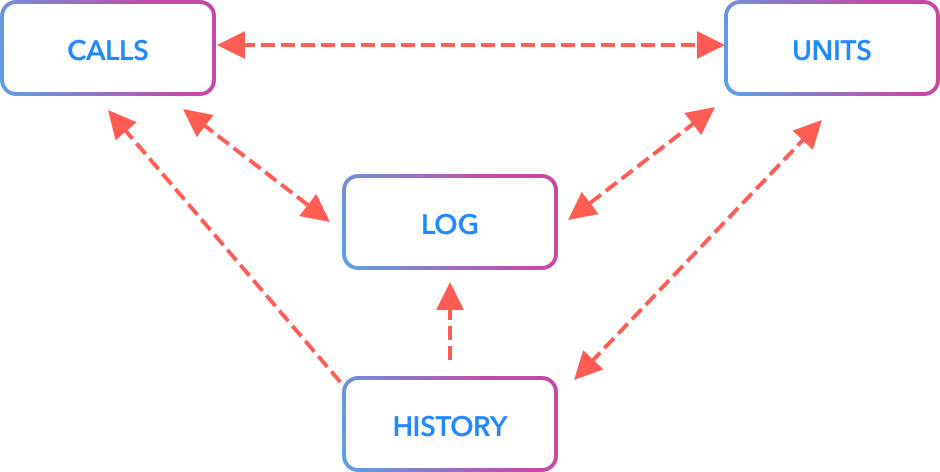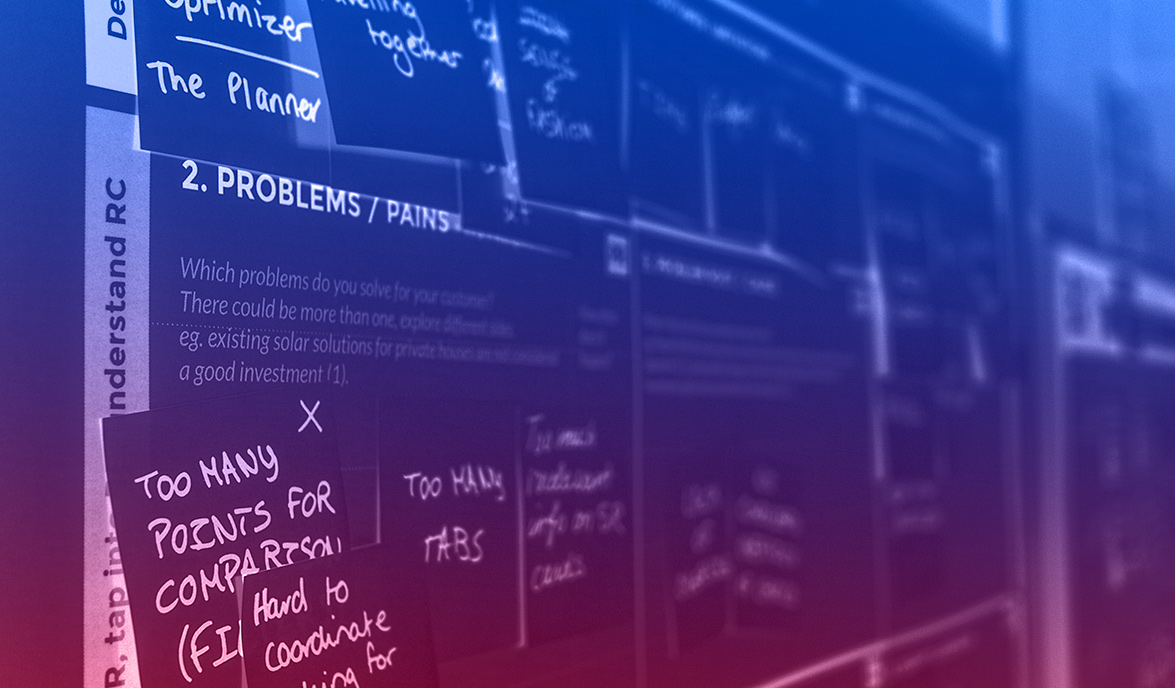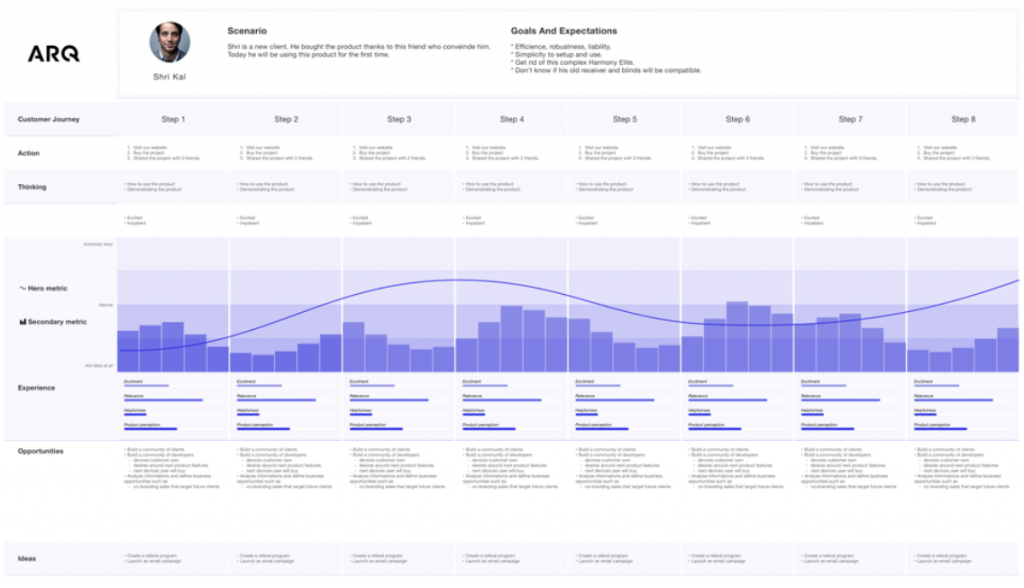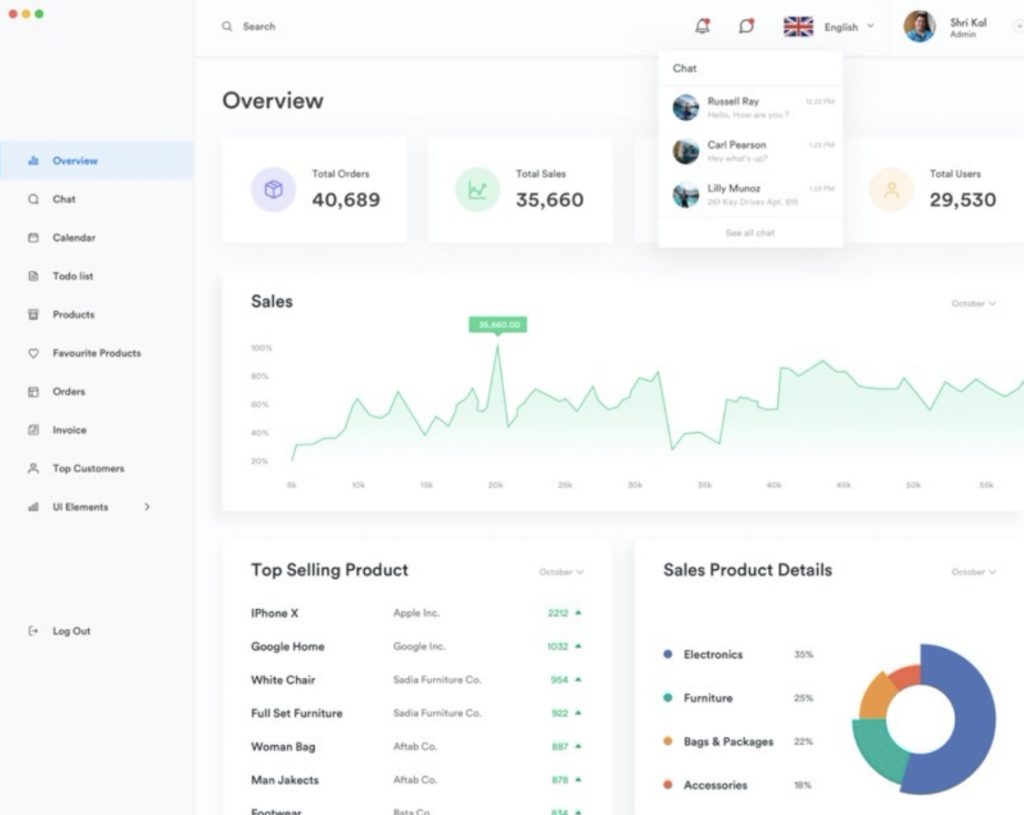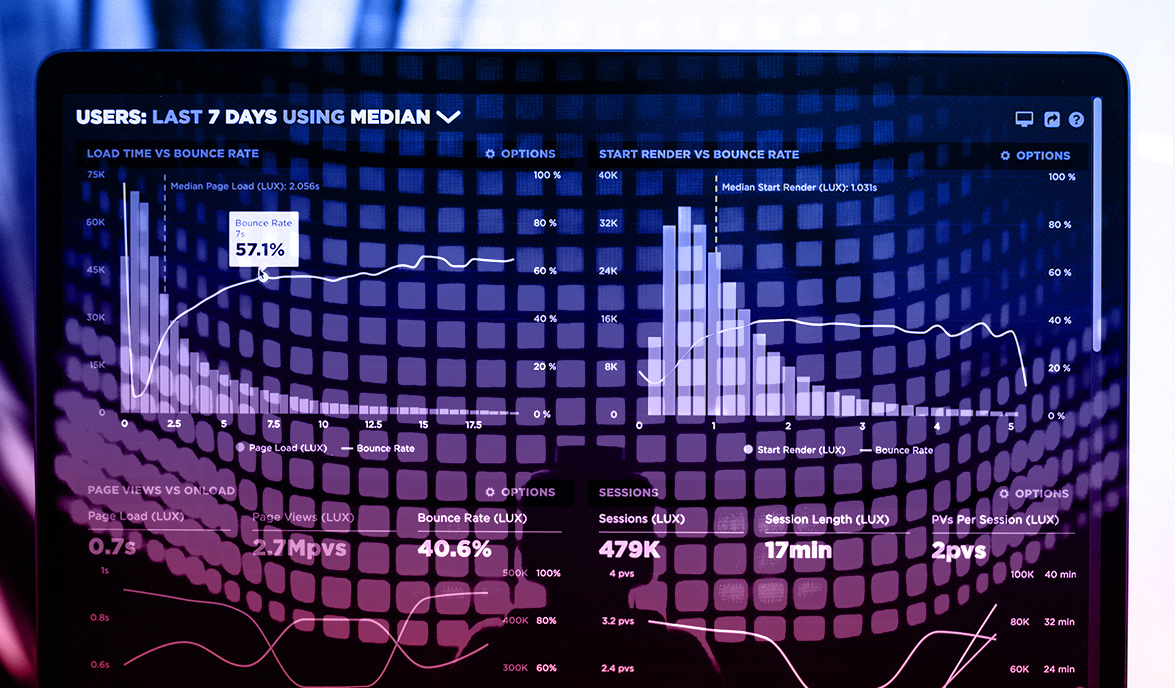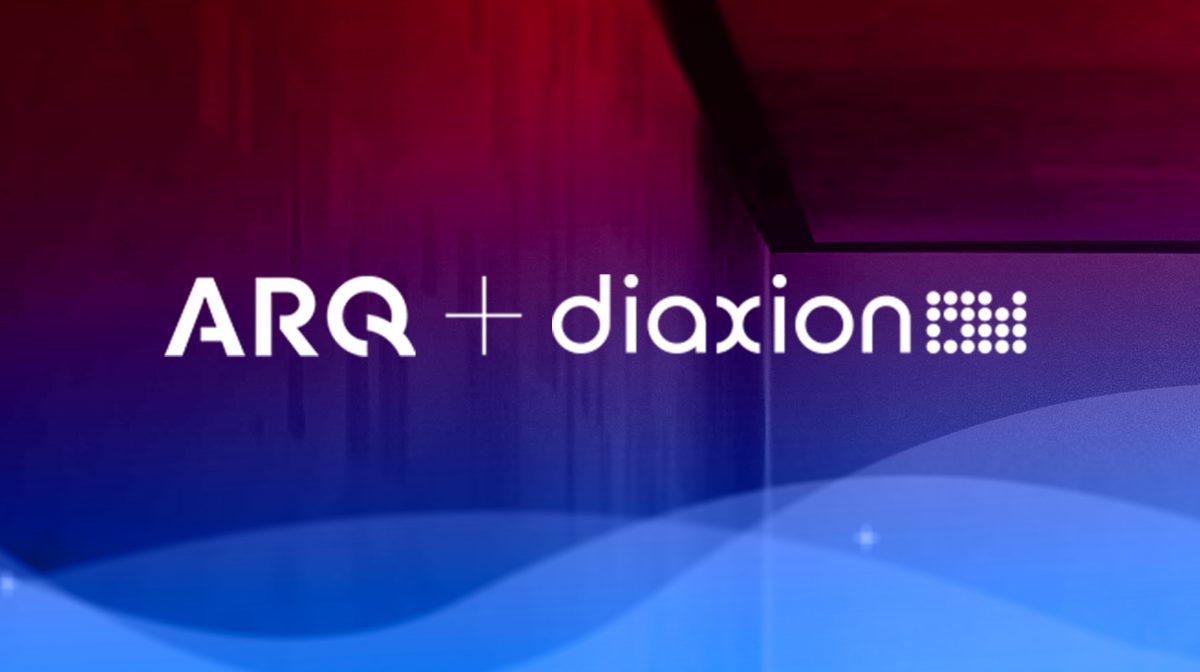Grad Profiles
- April 20, 2021
- 6:14 am
An Engineer, Game Designer and Digital Advertiser

Nandy Rodrigo
“Before joining Arq, I had worked in different jobs in engineering (which I soon lost interest in!) and facilities management. I got to the point where I felt like I’d learnt everything I could in those fields and was incredibly motivated and excited to pursue software engineering...once again.
Arq’s grad program didn’t put an emphasis on needing to be fresh out of high school, or have years of experience in the data, tech and AI fields, so I knew straight away it was the program for me. This really appealed to me and highlighted a ‘second chance’ of sorts, to find a job I was genuinely passionate about, and to connect with like-minded peers I enjoyed working with. Arq has provided a supportive and encouraging environment for me to learn and evolve my skills, and I’ve loved working closely with my mentor to discuss ideas I have and areas I want to learn more about.
My tip to anyone who is studying or is already in the workforce is that you don’t need to feel tied to your choices or where you are right now. If you look in the right places, there’s always opportunities to change gear and explore completely new fields.”

Emily Miniken
“When studying digital advertising at Swinburne, it dawned on me one day that the skills I was learning might take me to a role that might not even exist yet! I thought, the industry moves so fast, who knows what the landscape will look like after graduation, let alone what jobs will have been created by then. This was so exciting to me, to be part of an industry at the forefront of change.
I joined Arq for the chance to work with some of the most creative and innovative professionals in the country. Thanks to the opportunities this program has already provided, I’ve grown my professional network within the Arq team and beyond. My passion is still very much digital advertising, and I’ve been working closely with my peers and mentor to increasingly recognise different patterns in data and apply these insights to improve digital ad content.
My dream job is one where I can apply creative problem-solving skills to solve challenges for customers and to have a portfolio of projects that make a meaningful and positive impact on the world.”

Jessica Turner
“This might sound strange, but I was always drawn to computers on one hand and art on the other. Not a typical combination, I know! All throughout school I loved designing basic websites, playing around with games, and creating little animations in my spare time. After completing my degree in Bachelor of Design (Games) and Computer Science, I knew I had the skills to follow a career in app development for web and mobile.
I loved how Arq talked about the company values, its proud history and exciting future, as it works to make positive impacts for the people who matter most. I knew this would be perfect for me, and at the same time I’d get to learn about design, tech and consulting skills from some of the best minds in Australia. That’s my tip to anyone looking for jobs or placements after university. There might be plenty of companies that offer opportunities and exposure, but I think it’s crucial that this is always underpinned by a strong culture and good people.”
More to explore
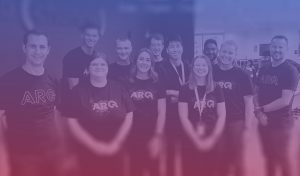
An Engineer, Game Designer and Digital Advertiser
Grad Profiles Nandy Rodrigo “Before joining Arq, I had worked in different jobs in engineering (which I soon lost interest in!) and

Meet Hadley, Evelyn and Nathan
Grad Profiles Hadley Dixon “I’ve been passionate about programming for years, so it only made sense to pursue software development and study

From Masters in Architecture to Tech
Grad Profile: James Goh Meet James Goh, one of the newest additions to ARQ’s growing team! James joined ARQ earlier this year






